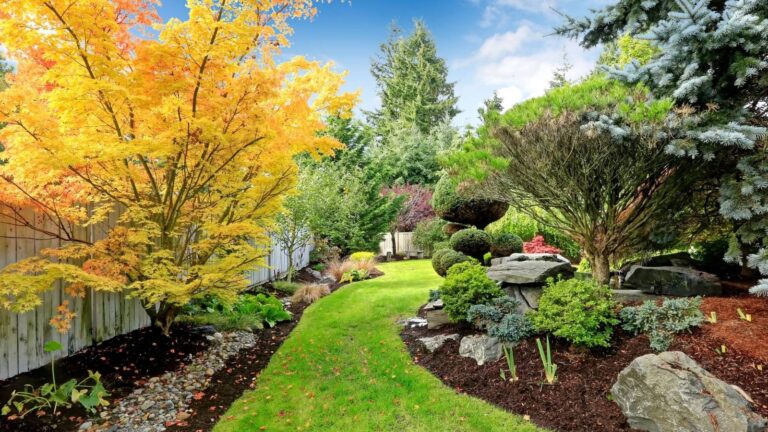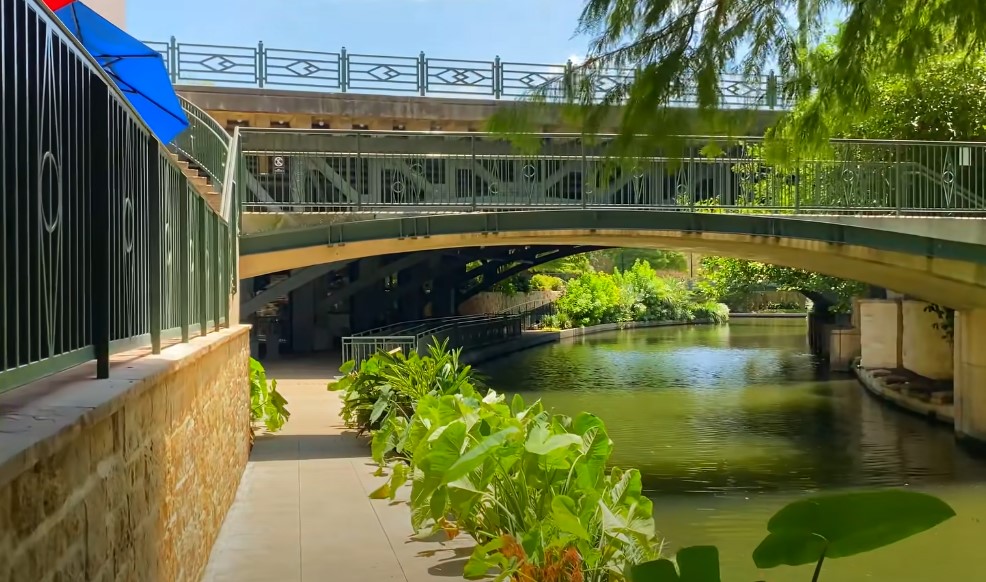People are increasingly seeking ways to reconnect with nature in their daily lives, especially at home.
Thoughtful landscaping has become a powerful way to transform outdoor spaces into personal sanctuaries that reflect peace, balance, and natural beauty.
A well-designed yard not only nurtures mental well-being but also enhances curb appeal and boosts property value.
Creating a connection with the natural world requires only creativity, intention, and a love for greenery.
Here are ten landscaping ideas that bring nature closer than ever, turning your surroundings into a living, breathing extension of your home.
Table of Contents
Toggle1. Create a Natural Privacy Barrier with Green Screens
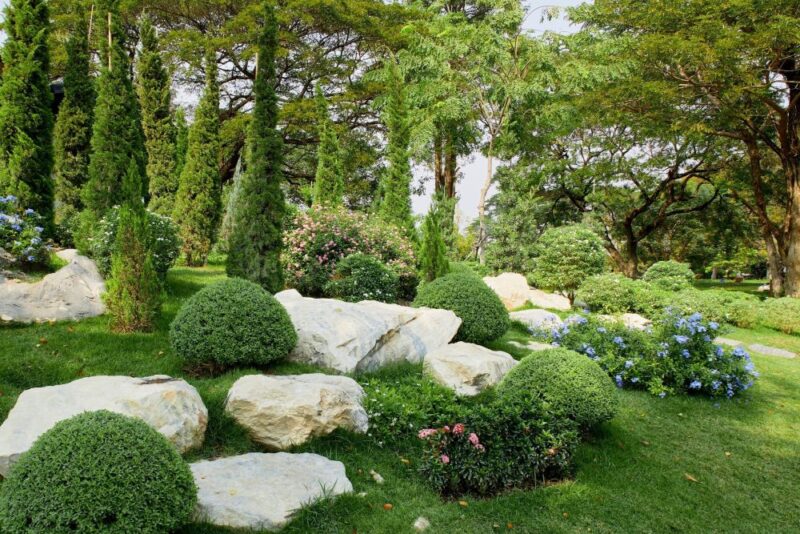
A living privacy screen transforms a garden into a more natural and tranquil retreat.
Replacing standard fencing with lush green barriers enhances aesthetics while promoting a healthier environment.
Trees, shrubs, and tall grasses combine functionality and beauty, creating visual softness and a more natural division between spaces.
Layered planting, such as mixing arborvitae, boxwoods, and ornamental grasses, adds depth, variety, and insulation against noise.
For an effective and balanced design, consider combining multiple plant types:
- Tall trees for upper-level privacy and shade.
- Medium shrubs for dense coverage and wind protection.
- Ground-level plants for soil stability and air filtration.
Seasonal variation ensures that your living wall remains interesting throughout the year, changing colors and textures as the months pass.
Dense plantings encourage nesting birds, absorb sound, and clean the air.
Over time, a well-designed green screen not only defines your property but also becomes an integral part of your outdoor sanctuary.
2. Install a Garden Path that Invites Exploration
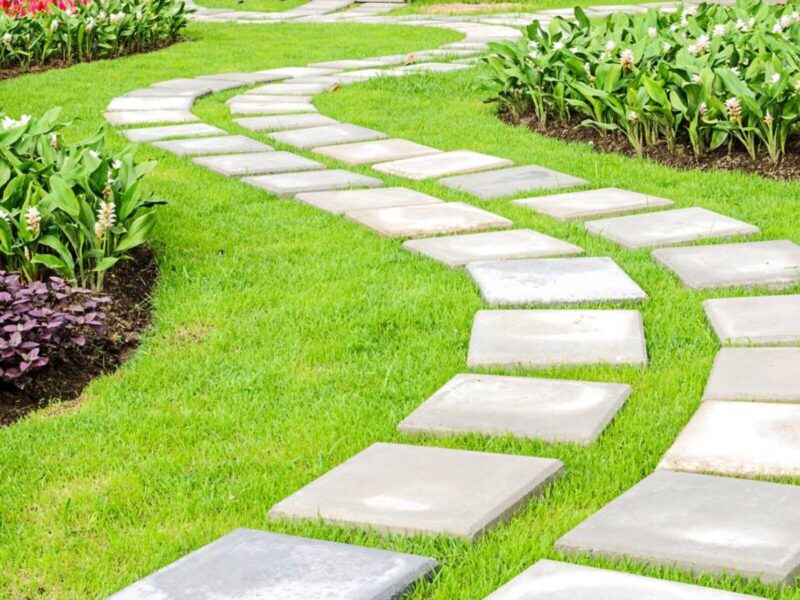
A thoughtfully designed garden path enhances both functionality and beauty.
A winding or meandering walkway can turn a simple stroll into a sensory experience.
Natural materials such as flagstone, gravel, or wood chips create pathways that feel organic and grounded.
Groundcovers like creeping thyme or moss between stones soften hard textures, releasing pleasant scents as you walk.
Elements that elevate the design include:
- Curved paths to evoke curiosity and natural movement.
- Strategically placed lighting for safe and peaceful evening walks.
- Focal points like benches, sculptures, or water basins encourage moments of pause.
A well-crafted path also directs visual focus and connects different zones of the garden.
Each step encourages exploration, while subtle design details make the experience refreshing and rejuvenating.
3. Embrace Vertical Gardening to Maximize Greenery
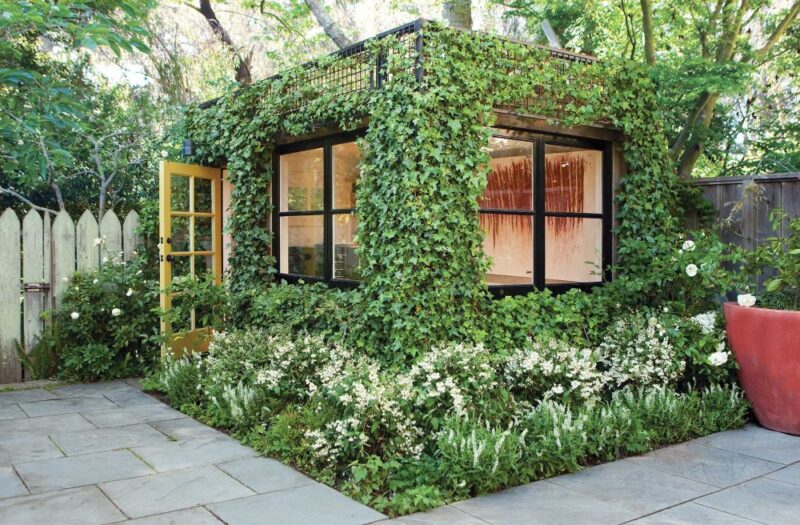
When outdoor space is limited, vertical gardening offers an elegant solution.
It adds greenery in compact environments such as patios, terraces, and balconies.
Trellises, green walls, or hanging planters allow plants to climb and cascade, filling unused vertical areas with vibrant life.
- Grow climbing plants like jasmine, clematis, or climbing roses for fragrance and color.
- Install trellises or arbors for structure and privacy.
- Use modular planters for herbs or succulents to introduce texture and variety.
Vertical setups also act as natural insulation, providing shade and cooler temperatures.
Birds, bees, and butterflies find shelter within the layers, turning a simple wall into a living ecosystem.
Every upward-growing vine becomes a small statement of creativity and sustainability.
4. Bring in the Soothing Sounds of Water Features
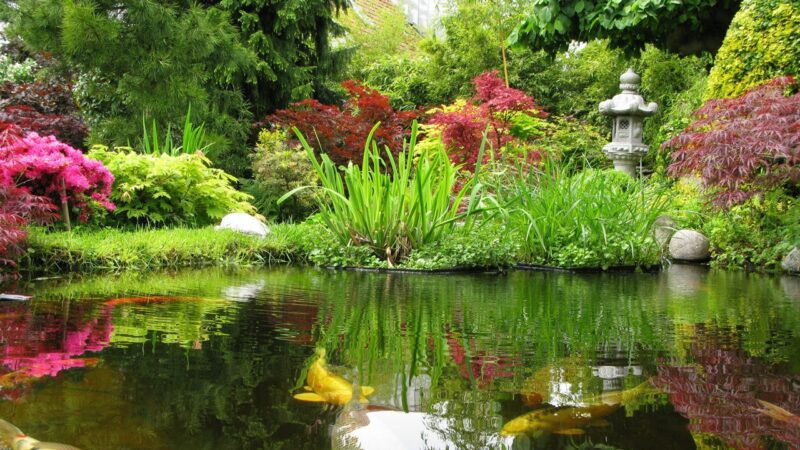
A well-placed water feature can completely transform the atmosphere of a garden.
Flowing water adds sound, movement, and reflection, turning outdoor spaces into areas of peace and renewal.
Small fountains, ponds, or cascading waterfalls provide gentle soundscapes that relax the mind and mask background noise.
Wildlife such as birds and frogs are drawn to the water, enriching the garden’s vitality.
When planning, consider key factors for balance and beauty:
- Proportion and placement to ensure harmony with existing plants.
- Maintenance to keep the water clean and flowing smoothly.
- Lighting to enhance shimmer and depth during evening hours.
Admiral lake and pond fountain systems offer durable and aesthetically pleasing options for different outdoor setups.
The subtle rippling of water creates a sense of movement and tranquility that turns an ordinary backyard into a serene escape.
5. Cultivate a Kitchen Garden with Edible Plants
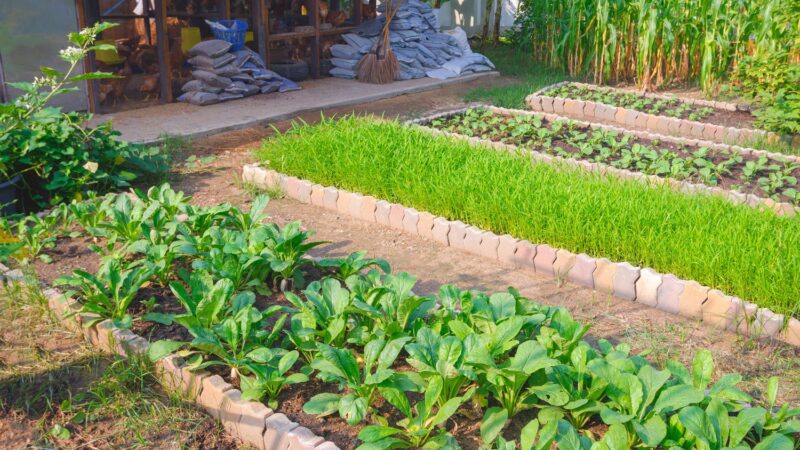
Growing food at home blends beauty with purpose.
A kitchen garden allows daily interaction with nature while providing fresh, healthy produce.
Raised beds and container gardens filled with herbs, fruits, and vegetables are practical yet decorative.
Fragrant herbs like basil, rosemary, and mint bring both scent and color to outdoor areas.
Caring for edible plants fosters a sense of connection to the earth.
It teaches sustainability by reducing food waste and dependence on packaged produce.
Each harvest becomes a small celebration of patience, effort, and reward.
6. Design a Cozy Outdoor Living Nook
A personal outdoor nook serves as a peaceful refuge where relaxation meets nature.
A pergola, arbor, or leafy tree canopy can define the space and provide natural shade.
Using materials like wood, stone, and rattan builds warmth and comfort.
Surrounding the area with climbing vines or fragrant flowers enhances serenity and privacy.
To make your nook inviting, consider adding:
- Comfortable seating such as cushioned benches or hammocks.
- Soft lighting for warmth during evening hours.
- Decorative touches like potted plants or small fountains for personality.
Such spaces become extensions of the home, encouraging conversation, reading, or quiet reflection.
Gentle breezes and natural scents heighten the sense of escape while keeping you grounded in comfort.
7. Use Native Plants to Encourage Local Wildlife
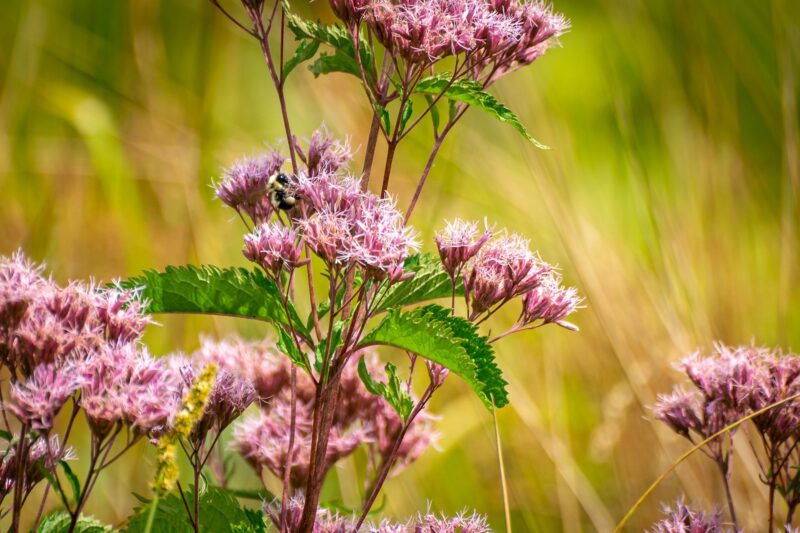
Native plants create resilient and vibrant gardens that thrive naturally.
They adapt to local soil and climate conditions, requiring minimal water and care.
By choosing species that attract birds, butterflies, and bees, your garden supports pollination and strengthens local ecosystems.
Using native species reduces chemical use, making the space healthier for both wildlife and people.
In regions with warm, dry climates like Texas, native plants such as Texas Sage, Blackfoot Daisy, and Cedar Elm not only survive but flourish.
These species are naturally drought-tolerant, resilient to heat, and provide shelter and food for local pollinators. Incorporating such plants adds authenticity and sustainability to any landscape design.
Color, texture, and life merge effortlessly, turning your garden into a sanctuary teeming with natural energy.
8. Light the Landscape with Eco-Friendly Ambience
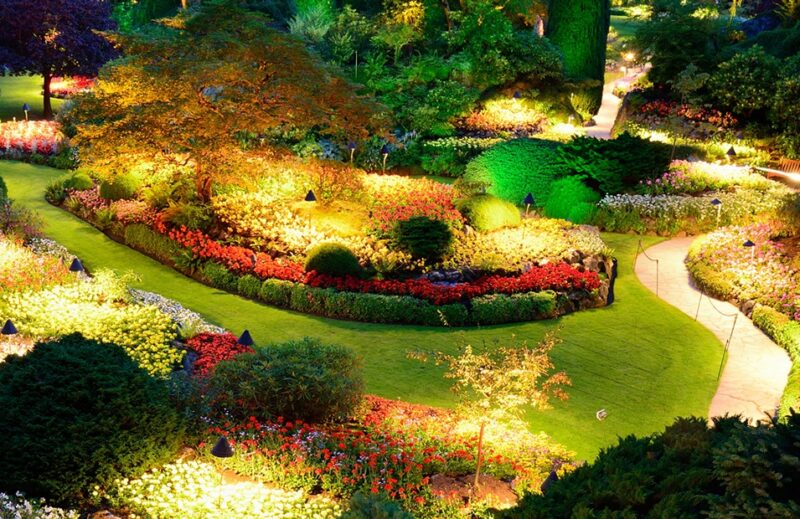
Eco-friendly lighting transforms outdoor areas while keeping energy consumption low.
Solar-powered lanterns, path lights, and soft uplights highlight features without overpowering natural surroundings.
Subtle illumination creates mood, safety, and extended usability after sunset.
Smart lighting strategies include:
- Solar fixtures to save energy and reduce maintenance.
- Soft-toned bulbs that mimic moonlight for gentle ambience.
- Strategic placement to accent trees, steps, and architectural elements.
Evening relaxation becomes easier when soft lighting reveals textures and shapes subtly.
Proper illumination brings elegance and warmth, making gardens feel welcoming through every hour of the night.
The Bottom Line
Bringing nature closer to your doorstep transforms ordinary living into an experience of serenity and growth.
Every idea, big or small, contributes to creating a haven that nurtures well-being and beauty.
Starting with a single project, a water feature, a native plant bed, or a cozy nook, can inspire lasting connection with the outdoors.
Consulting a professional landscaper may also help develop a balanced plan that fits space and budget.


